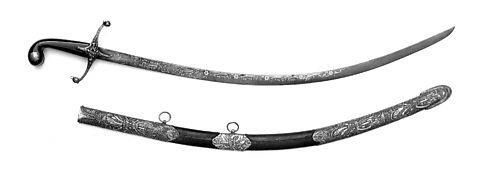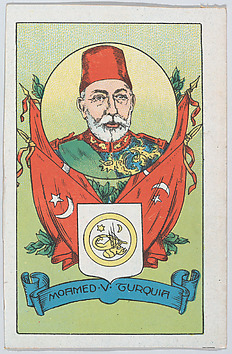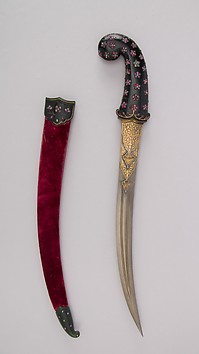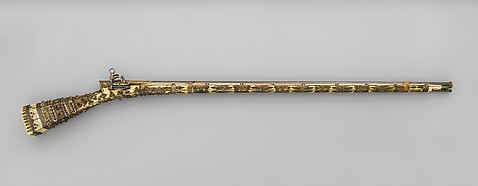Search / All Results
1,771 results for Ottoman Empire
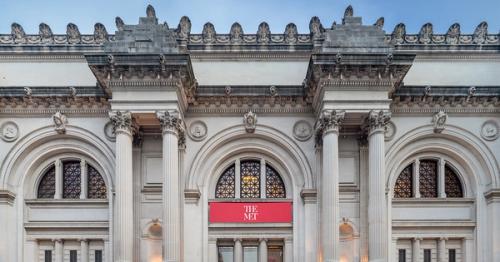

Essay
The Empires of the Western Sudan: Songhai Empire
October 1, 2000
By Department of Arts of Africa, Oceania, and the Americas

Essay
The Empires of the Western Sudan: Mali Empire
October 1, 2000
By Department of Arts of Africa, Oceania, and the Americas

editorial
Six-Winged Angels and Other Christian Imagery in Arts from the Ottoman Empire
October 6, 2015
By Courtney A. Stewart


Essay
The Empires of the Western Sudan: Ghana Empire
October 1, 2000
By Department of Arts of Africa, Oceania, and the Americas




Learn
The Ottoman Empire

Art
Quiver
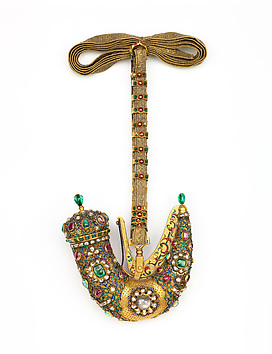
Art
